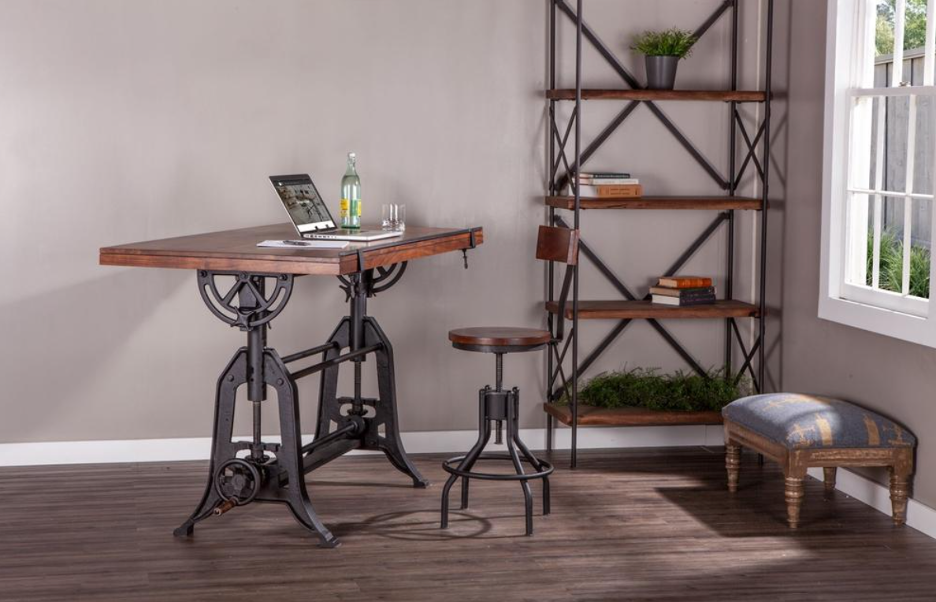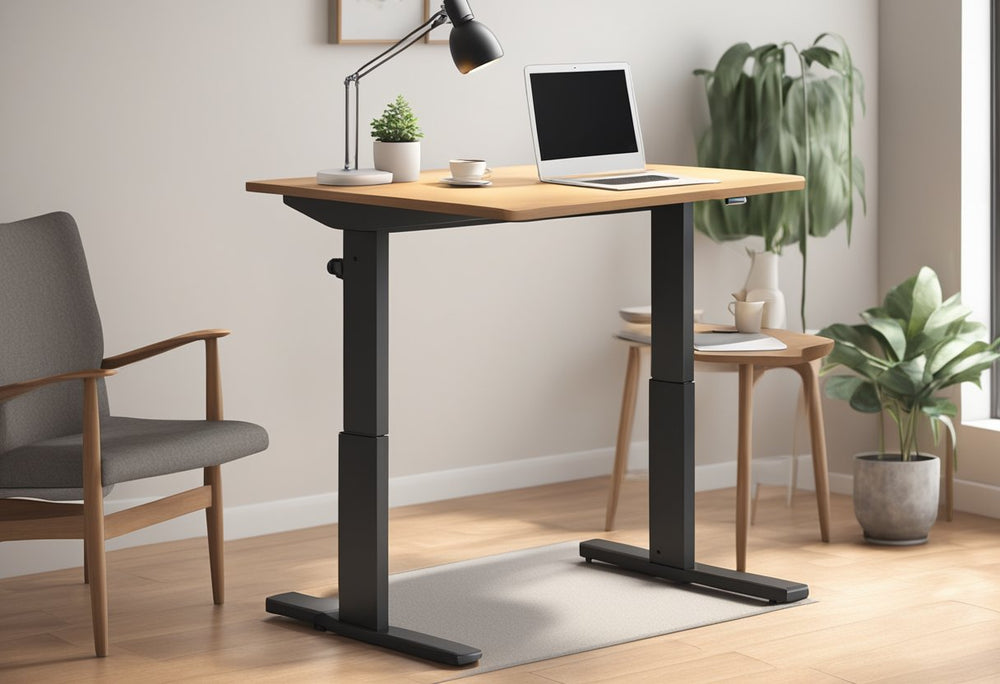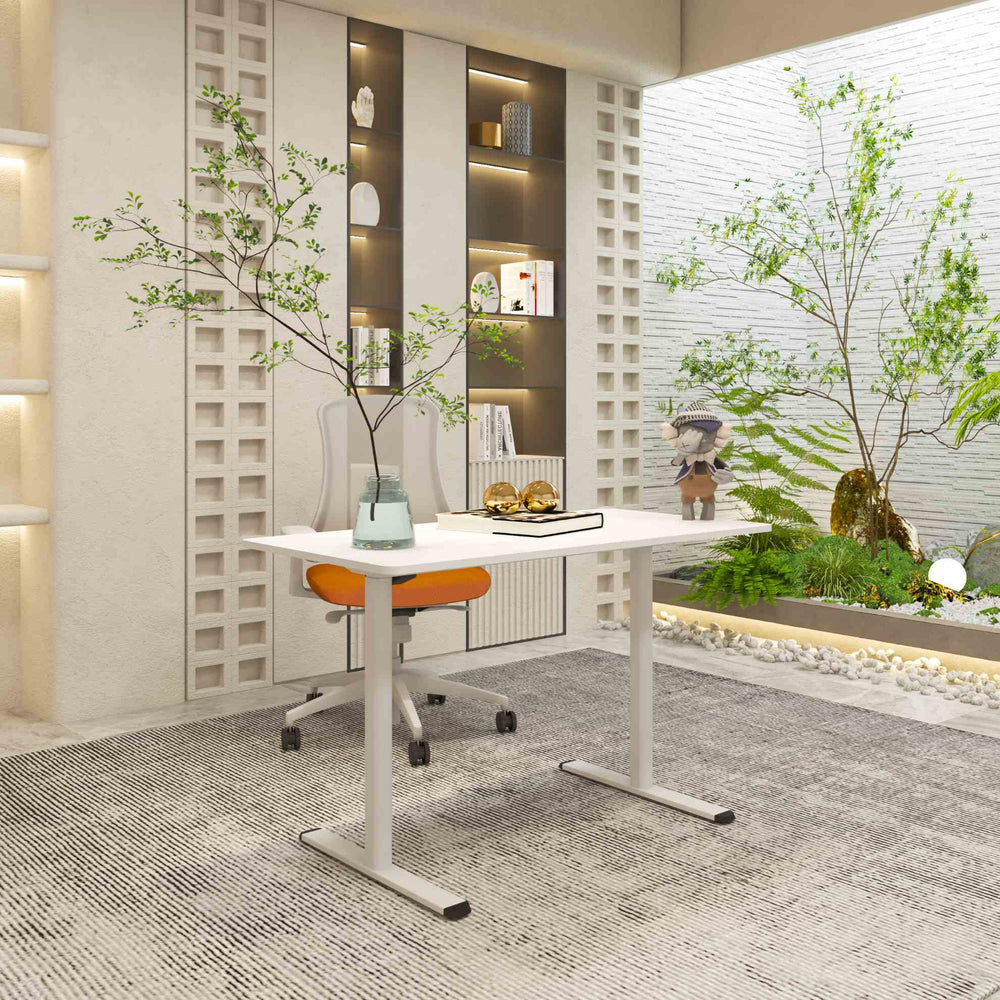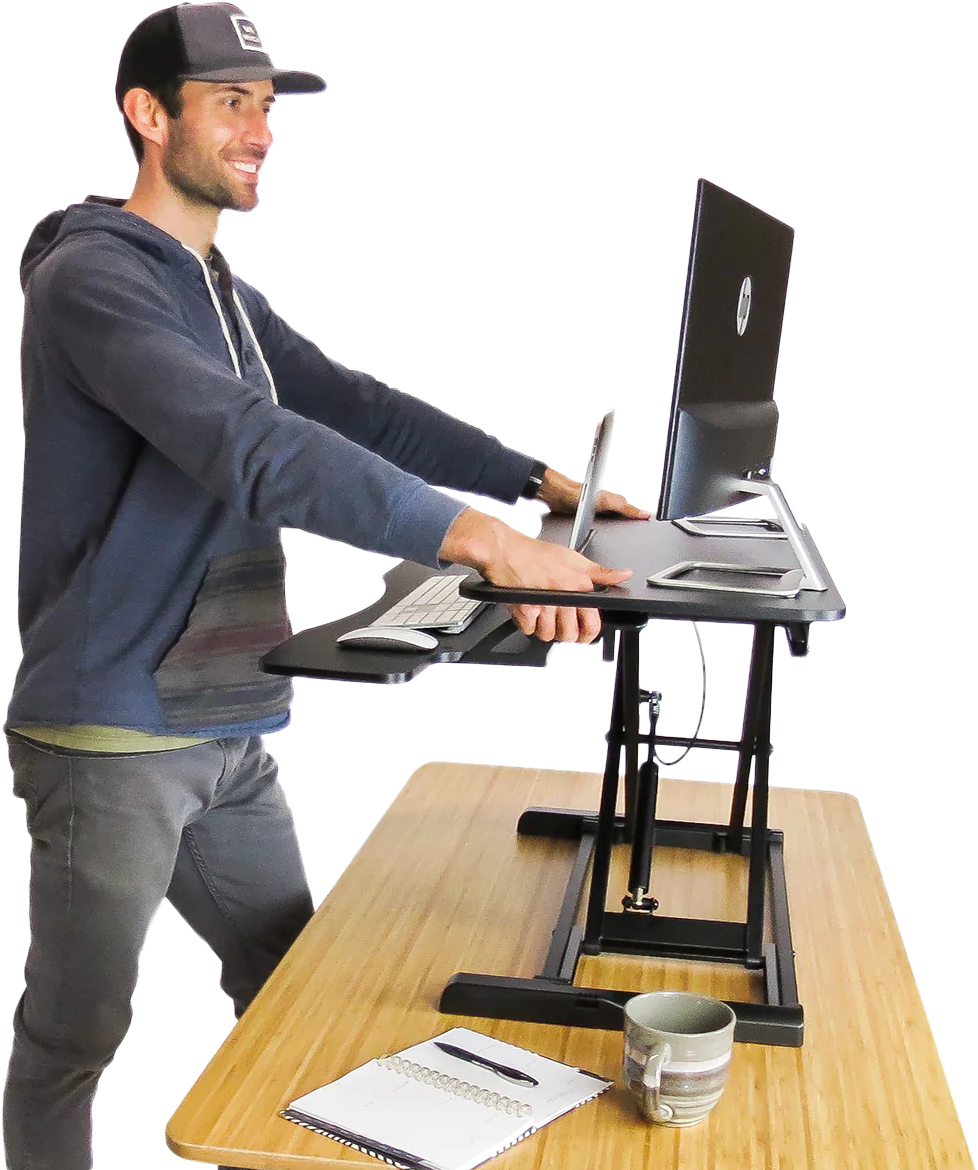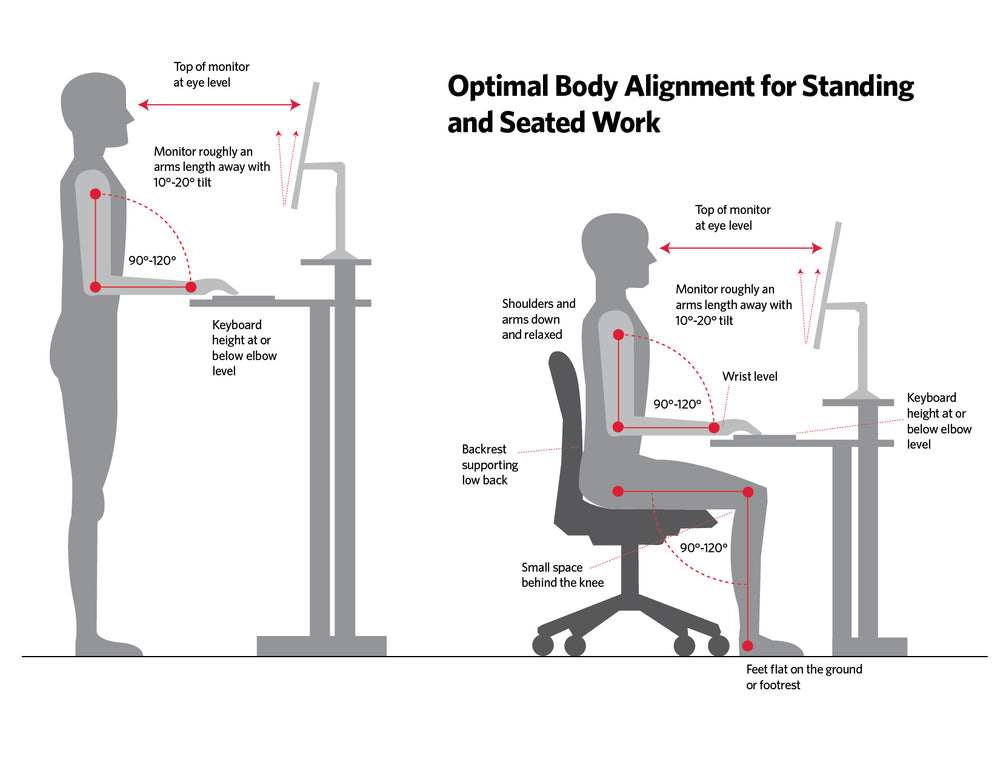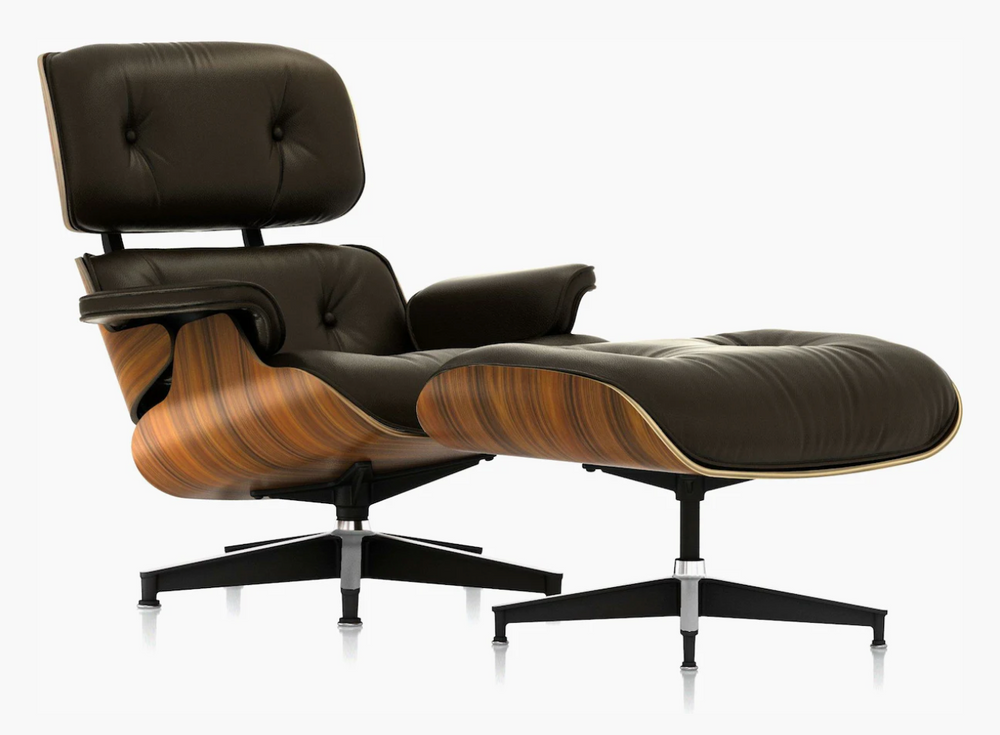Date: July 29, 2022
A drafting table is typically used for drawing art and drawing and editing blueprints. It is used by artists and architects. However, more and more people have been using drafting tables as desks, conference tables, and dining tables.
The primary use of a drafting table is to draw art or editing blueprints while standing up. You want to have a drafting table that has a tillable surface that allows you to work from a variety of angles so that you can visualize your subject matter from different vantage points.

What are Other Drafting Table Uses?
Many newer drafting tables are height adjustable, with a tilting mechanism that allows for proper ergonomics and the ability to sit or stand while working.
Drafting tables can come in a variety of styles and sizes. As a result, other drafting table uses can include just about any desk job and it is not relegated to just artists, architects, and engineers.

A Brief History on Drafting Tables
A little tangent here – but you might be familiar with this phrase: "back to the drawing board". Did you know that drafting tables used to be called drawing boards and typically resided in libraries or studies?
The modern form of the drawing board is referred to as a drafting table or multipurpose desk. Well, during the Industrial Revolution, draftsmanship become a specialized trade that resulted in these “drawing boards” migrating out of libraries and into offices.
Perhaps the greatest draftsman of all time is Leonardo da Vinci. Back in 2003, the Metropolitan Museum of Art in New York featured a rare exhibit of rarely-seen work from the master draftsman. But more and more, drafting tables are used for a variety of jobs and are used at home and at offices.

Head of the Virgin in three quarter view facing right, Leonardo da Vinci
(Source: https://www.npr.org/2003/01/16/922561/leonardo-da-vinci-master-draftsman)
Can a Drafting Table be Used as a Desk?

As we said above, absolutely! Take a look at these height adjustable drafting tables that feature a tilting mechanism, which allows the drafting table to be tilted horizontally and used as a desk.
Additionally, these vintage drafting tables have antique style hand cranks that allow you to adjust the height from sit to stand. So the modern version drafting tables can indeed be used as a desk for any office or desk job.
Do All Drafting Tables Go Flat?
Some drafting tables don’t go flat and some do. Choose wisely. We would recommend those that do just to give you the versatility you might need should you want to work at a computer and also draw on your drafting table.
Tilted Surface vs Flat Surface
When we look at objects that we are going to draw, we typically look at them at a 90-degree angle. That is, we’re often standing upright and looking at the object from this view.
When we go to draw objects, ideally, we want to have the same vantage point from the surface of the paper as we have when viewing the object in front of us. Ideally, drawing as close to a 90-degree angle is preferable. However, it is not practical.
It is best to find a happy medium between a flat surface and a 90-degree angle. In most cases, we want to use a tilted surface (or elevated table surface) like with a drafting table. Some people prefer very extreme angles while others are satisfied with a slight angle. Most people seem to prefer something between 45 and 55 degree tilted drafting tables.

However, while drawing, there are reasons for wanting to also view the drawing on a flat surface. As the virtual instructor puts it:
For these reasons, using a drafting table that is tiltable is very important. It allows you to view your drawings from a variety of angles.
Final Thoughts - Drafting Table Uses
As we have discussed in this article, I hope you get the general idea that drafting tables can be used for all kinds of jobs. They’re not just relegated to artists or architects.
Whatever job you’re doing, whether it is an accountant or marketing executive, if you choose a drafting table that has a tiltable surface you can use it as a multipurpose desk and if it is height adjustable you can use it as a standing desk.
For those artists out there, find a drafting table that can tilt up to 60 degrees so that you can get as close to a 90 degree angle to help with drawing at the same vantage point as if you were viewing your subject matter in front of you. Be sure to check out some of our cool vintage drafting tables.
REFERENCE LIST
Here's a list of references included in the article above:
1. The Good Draftsman: Of Mice and Men - https://www.hoodedutilitarian.com/2013/12/the-good-draftsman-of-mice-and-men/.
2. Leonardo da Vinci, Master Draftsman; Exhibit Brings Together Rarely-Seen Work -https://www.npr.org/2003/01/16/922561/leonardo-da-vinci-master-draftsman.
3. Height Adjustable Drafting Tables - https://deskriser.com/collections/drafting-tables.
4. History of Drafting Tables - https://studiodesigns.com/art-and-craft/studio-designs-blog/history-of-drafting-tables-and-why-they-have-tilting-tops/.
5. Drawing on a Flat Or Tilted Surface – Which is Best? - https://thevirtualinstructor.com/blog/drawing-on-a-flat-or-tilted-surface-which-is-best.


